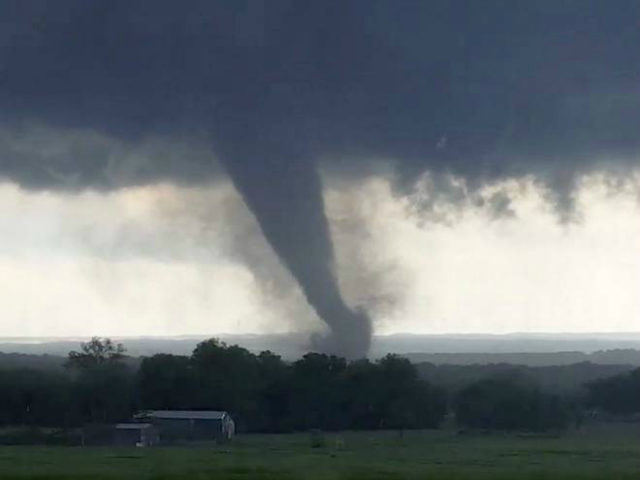According to a recent report by Wired, human meteorologists still outperform AI algorithms when predicting weather events – particularly those that could be dangerous.
Wired reports that despite advances in AI throughout the years, human meteorologists still outperform machine learning algorithms when it comes to predicting the weather.
The first computerized automatic forecast was developed in the 1950s by a group of mathematicians, meteorologists, and computer scientists led by renowned mathematician John von Neumann and atmospheric physicist Jule Charney. Charney and the team developed a basic algorithm that could generate 24-hour atmospheric forecasts. The results were not perfect but were encouraging enough to move the field towards computer-based modeling.
Since then, billions of dollars have been invested in improving the predictive capability of weather forecast systems. In 2016 and 2018, the GOES-16 and -17 satellites were launched into orbit which allowed meteorologists to take high-resolution images and pinpoint lightning detection. The most popular weather prediction models are the US-based Global Forecasting System (GFS) and European Center for Medium-Range Weather Forecasts (ECMWF) and both have received major upgrades this year.
But despite these expensive algorithms, earth-orbiting satellites, and supercomputers, human forecasters still have an advantage over computers. Through years of previous experience, human meteorologists continue to beat machine learning algorithms.
Humans are also significantly better at predicting dangerous weather events such as serious storms including the tornados that tore through the Midwest in early December killing more than 60 people. Forecasters can often spot these tornadoes by looking for their signatures on radar.
Andrew Devanas, an operational forecaster at the National Weather Service office in Key West, Florida, lives near one of the most active regions for waterspouts which are marine-based tornadoes that often damage ships passing through the Florida Straits.
Devanas and his colleague manually studied variations in the atmosphere in Florida like wind speed and available moisture. These are variations that weather prediction algorithms don’t take into account. Using this information, Devanas and his team were able to see if there was a correlation between certain actors and a higher risk of waterspouts. These observations were compared to a modeled probability index that indicates whether waterspouts are likely and found that with the right combination of atmosphere measurements, the human forecast successfully “outperformed” the algorithmic model in every metric for predicting waterspouts.
Read more at Wired here.
Lucas Nolan is a reporter for Breitbart News covering issues of free speech and online censorship. Follow him on Twitter @LucasNolan or contact via secure email at the address lucasnolan@protonmail.com


COMMENTS
Please let us know if you're having issues with commenting.